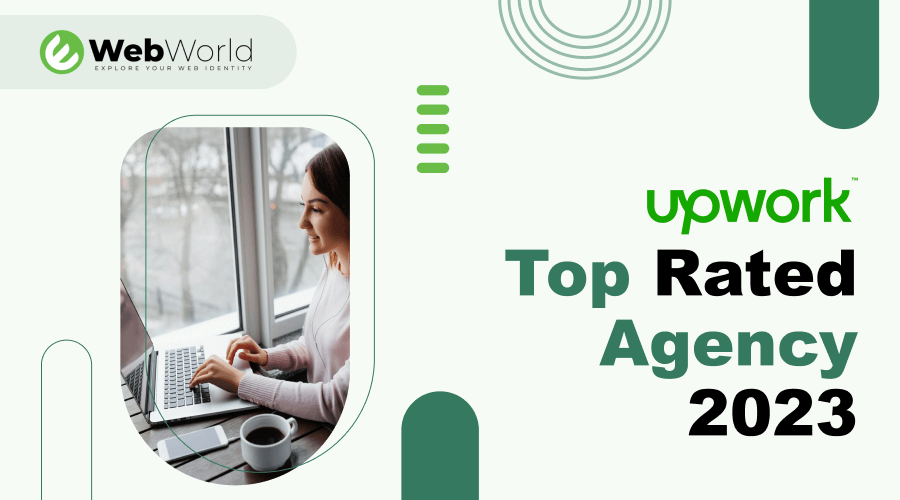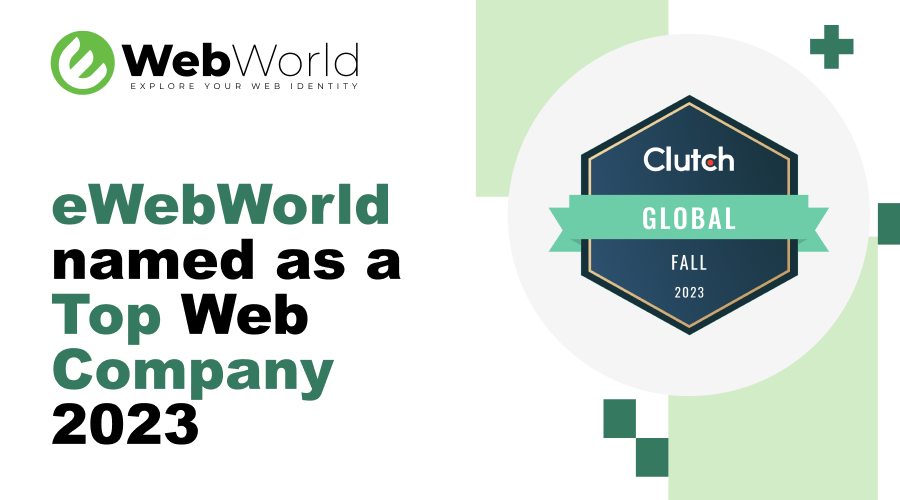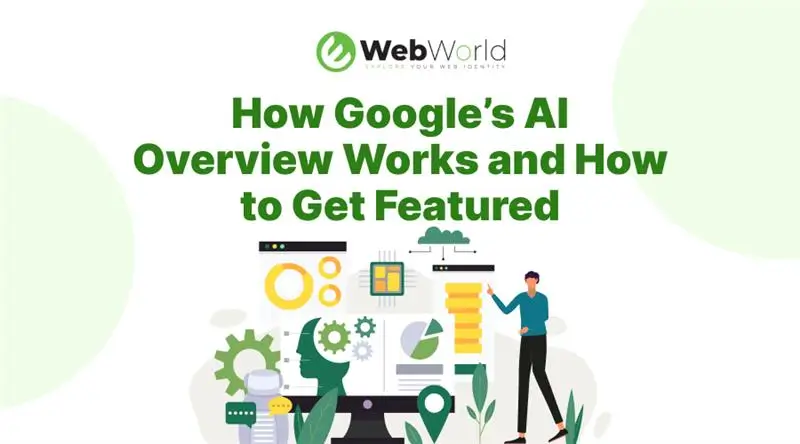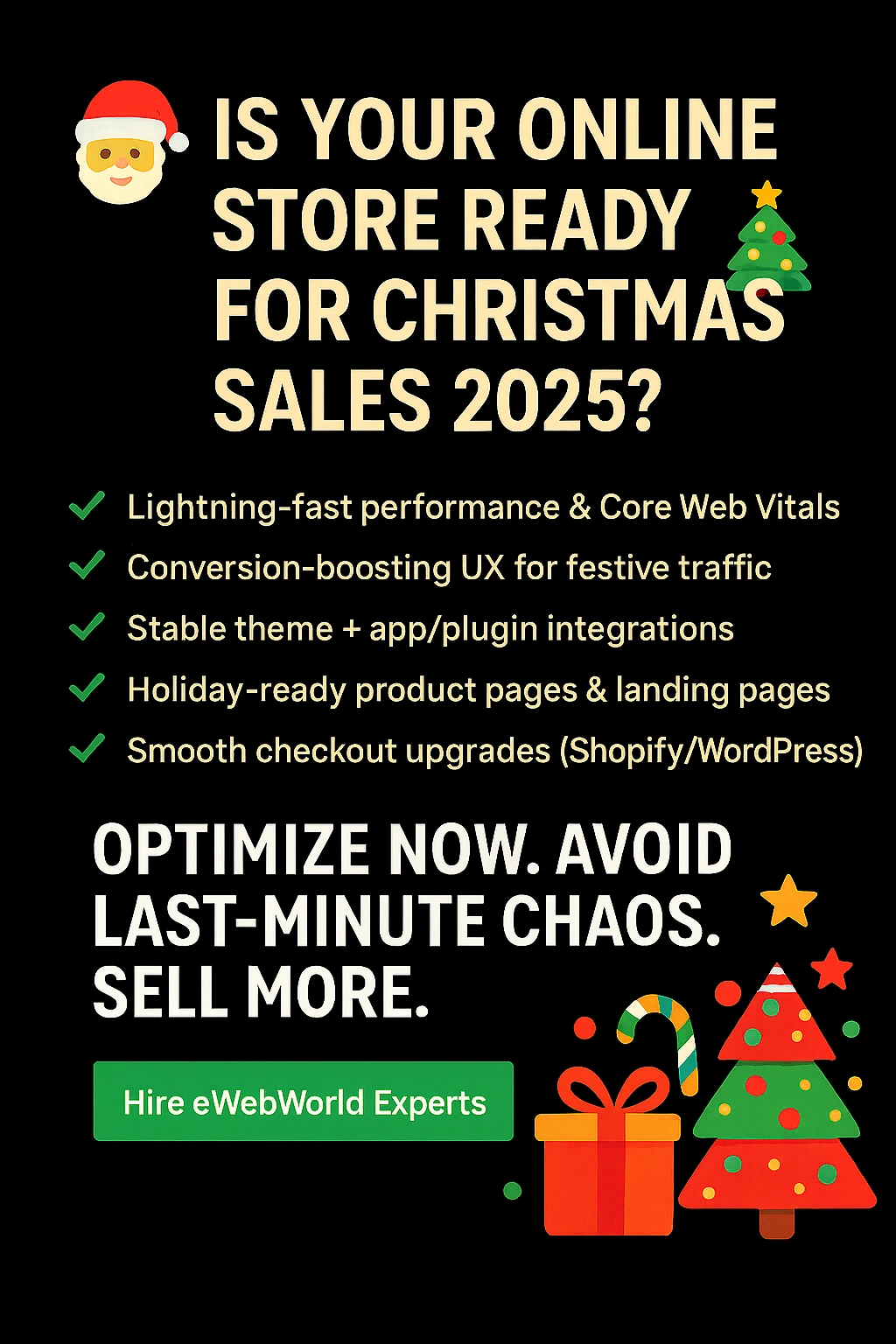Common Website Issues That Drive Customers Away in 2025

Imagine this: You’re searching for a service, you find a promising website on Google, click through… and suddenly, frustration hits. The page takes forever to load. When it finally does, you can’t figure out where the menu is, the design looks like it’s from 2012, and before you even scroll, a giant popup blocks the screen. What do you do? Easy, you leave and click on the next result.
Now flip the scenario. That frustrating site, it could be yours and the customers leaving in seconds could have been your next sale, your next lead, or your next long-term client.
The truth is, in 2025, online users have zero patience for poor digital experiences. With competitors just one tap away, your website has literally seconds to make the right impression. A study by Google shows that 53% of visitors abandon a mobile site if it takes more than 3 seconds to load. Pair that with outdated design, weak content, or confusing navigation, and you’ve got the perfect recipe for lost revenue.
But here’s the good news: these issues are fixable. By spotting them early and optimizing your site, you can turn it into a powerful tool that not only attracts visitors but also keeps them engaged and converts them into paying customers.
In this blog, we’ll cover the most common website issues that drive customers away in 2025, explain why they matter, and share practical tips to fix them, so your site works for you, not against you.
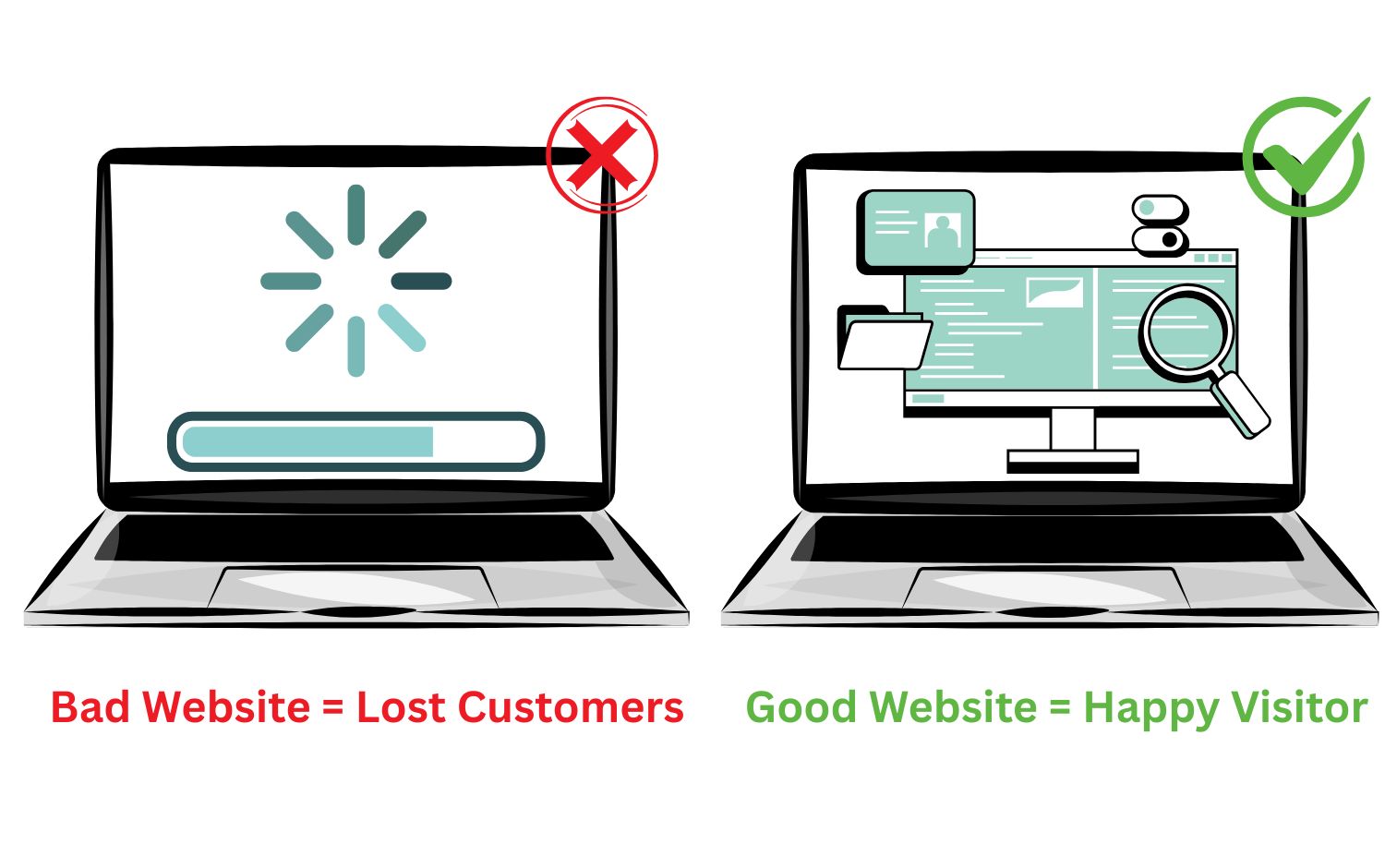
1. Slow Loading Speed
Patience may be a virtue, but not online. In 2025, customers expect websites to load instantly, anything more than a few seconds feels like a lifetime. A slow-loading site not only frustrates visitors but also sends a clear message: this business isn’t keeping up.
According to research, even a 1-second delay in load time can reduce conversions by up to 7%. On top of that, search engines like Google use site speed as a ranking factor, meaning a sluggish site hurts both your traffic and your sales.
Why this drives customers away:
- Nobody wants to wait around when competitors load faster.
- Slow sites create distrust if your website feels clunky, customers assume your services or products might be too.
- Long load times = higher bounce rates, which kill your SEO performance.
How to fix it:
- Optimize your images (compress without losing quality).
- Use a reliable hosting provider
- Implement caching and a Content Delivery Network (CDN).
- Minimize unnecessary plugins, scripts, or heavy design elements that slow things down.
Pro Tip: Test your site regularly with tools like Google PageSpeed Insights or GTmetrix to catch issues before your customers do.
2. Not Mobile-Friendly
Let’s be real: people don’t just browse on laptops anymore. They shop, scroll, and sign up for services while waiting in line for coffee or commuting to work. In fact, over 60% of global web traffic now comes from mobile devices, which means if your site isn’t mobile-friendly, you’re automatically alienating more than half of your audience.
Why this drives customers away:
- A site that looks fine on desktop but breaks on mobile feels unprofessional.
- Pinching, zooming, or scrolling sideways just to read text? Instant exit.
- Customers associate poor mobile experience with poor brand credibility.
How to fix it:
- Use responsive design so your layout adapts to any screen size.
- Prioritize thumb-friendly navigation, big buttons, easy menus, no tiny links.
- Optimize mobile load speed (mobile users are even less patient).
- Test your site across multiple devices, not just one phone model.
Pro Tip: with a “Mobile-Friendly Test” tool, you can instantly check if your site passes the usability check.
3. Confusing Navigation
Imagine walking into a store where nothing has signs, aisles are random, and products are hidden behind locked cabinets. That’s what a website with poor navigation feels like. Customers don’t stick around to figure it out, they bounce.
Why this drives customers away:
- If visitors can’t find what they’re looking for in a couple of clicks, frustration kicks in.
- Overloaded menus or too many dropdowns create decision fatigue.
- Missing or unclear CTAs (calls-to-action) leave users confused about the next step.
How to fix it:
- Keep your menu simple and intuitive, only show key categories, not every single page.
- Use logical hierarchy (e.g., “Shop → Women → Shoes” instead of dumping everything in one tab).
- Include a clear search bar that actually works.
- Add sticky navigation so the menu follows users as they scroll.
- Make sure CTAs stand out and guide the user journey (e.g., “Book a Call,” “Add to Cart”).
4. Outdated Design
Your website is like your storefront, it sets the first impression before you even say a word. If your design looks stuck in 2010, visitors assume your products or services are outdated too.
Why this hurts your business:
- Customers judge credibility in less than 3 seconds based on visuals alone.
- Old-school layouts, clunky fonts, or mismatched colors make your site feel untrustworthy.
- With design trends constantly evolving, an outdated look can signal to visitors that you’re not keeping up with industry standards, or worse, that you’re inactive.
How to fix it:
- Adapt a clean, modern layout with plenty of white space.
- Stick to a consistent color palette that matches your brand identity.
- Use high-quality images instead of blurry stock photos.
- Optimize for mobile-first design (a sleek desktop site doesn’t matter if it’s a mess on phones).
- Refresh your site’s visuals every 2–3 years to stay current.
Pro Tip: You can compare your site to competitors. If theirs looks fresh and yours feels outdated, chances are customers are leaving your website for their website.
5. Weak or Missing Content
Your website can look beautiful and load at lightning speed, but if the content is thin, outdated, or irrelevant, customers won’t stick around. In 2025, visitors don’t just want pretty visuals, they want answers, proof, and value. A site that skimps on content is like a shop with empty shelves.
Why this drives customers away:
- If users can’t find basic info (pricing, services, contact details), they’ll assume you’re hiding something.
- Generic or vague copy kills trust, visitors wonder if you’re legit.
- Weak content also hurts SEO, meaning fewer people even find your site in the first place.
How to fix it:
- Clearly explain who you are, what you offer, and why you’re different.
- Add detailed product/service descriptions, FAQs, and blogs that actually answer customer questions.
- Keep your content fresh, update old info, add new case studies, publish recent testimonials.
- Balance text with visuals like images, infographics, and videos for easier consumption.
6. Lack of Clear CTAs and Trust Signals
Imagine visiting a website, liking what you see, but not knowing what to do next. Do you call? Fill out a form? Buy now? If your site doesn’t guide visitors with clear calls-to-action (CTAs), you’re leaving conversions on the table. Pair that with missing trust signals (like reviews or security badges), and users hesitate to take the leap.
Why this drives customers away:
- No visible CTAs = confusion. Customers won’t hunt for your “Contact” button.
- Weak or hidden CTAs lead to drop-offs, even if the user was ready to buy.
- Without trust signals (reviews, certifications, SSL badges), people worry about safety or credibility.
How to fix it:
- Place strong, action-oriented CTAs (“Get a Free Quote,” “Shop Now,” “Book a Call”) above the fold and at key points throughout the page.
- Make buttons visually stand out (color contrast, size, and placement matter).
- Showcase testimonials, case studies, and logos of clients or partners.
- Add visible trust badges (secure checkout, money-back guarantees, certifications).
- Keep forms short and simple, don’t scare users with a lot of fields.
Conclusion: Is Your Website Working or Against You
In 2025, that impression is made in seconds and if your site is slow, clunky, confusing, or outdated, customers won’t wait around. They’ll bounce to the next tab, and with so much competition online, that lost visitor is usually a lost sale.
The good news is every single one of the issues we’ve covered, slow speed, poor mobile optimization, confusing navigation, outdated design, weak content, missing CTAs, and lack of trust signals is fixable. With a bit of attention and regular maintenance, your site can transform from a leaky bucket (where visitors pour in but immediately drain out) into a powerful conversion machine.
Think of your website as a living asset, not a one-time project. Just like you’d maintain your store, office, or equipment, your site needs ongoing care, regular speed tests, fresh content, modern design updates, and clear customer pathways. The businesses that thrive online are the ones that treat their website as their hardest-working employee, not a neglected side project.
So here’s the bottom line: If your website frustrates customers, it costs you revenue. But if it delivers a smooth, fast, and trustworthy experience, it builds credibility, nurtures trust, and drives growth. The choice is yours, do you want your website to be the reason people leave, or the reason they stay, engage, and convert?
In a digital-first world, the difference between those two outcomes could be the difference between stagnation and success.
People Also Ask
1. How often should I update my website design?
Most businesses should refresh their design every 2–3 years. Design trends, user expectations, and even Google’s ranking factors change quickly, so a site that felt modern in 2021 can already feel outdated in 2025. A redesign doesn’t always mean a full rebuild, sometimes a lighter update (new visuals, improved navigation, faster performance) is enough to stay relevant.
2. What’s a good website loading time in 2025?
The gold standard is under 3 seconds. Research shows that after the 3-second mark, bounce rates skyrocket. On mobile, faster is even better since users are often multitasking. Tools like Google PageSpeed Insights, GTmetrix, and Lighthouse can help you benchmark and optimize.
3. Why does mobile optimization matter so much?
Because more than half of global traffic comes from mobile devices, and Google prioritizes mobile-friendly sites in search rankings. If your site isn’t responsive and easy to use on a smartphone, you’re not just losing visitors, you’re also hurting your visibility on search engines.
4. How do I know if my website is driving customers away?
Watch your analytics. High bounce rates, low session times, and low conversion rates are clear red flags. User feedback (like complaints about speed or navigation) also signals that it’s time to act. A website audit can pinpoint exactly where the issues are.
5. What are the most important trust signals for a website?
Trust signals include customer reviews, testimonials, SSL certificates (that little lock in the browser), case studies, partner logos, and money-back guarantees. These reassure visitors that you’re credible and safe to do business with.



